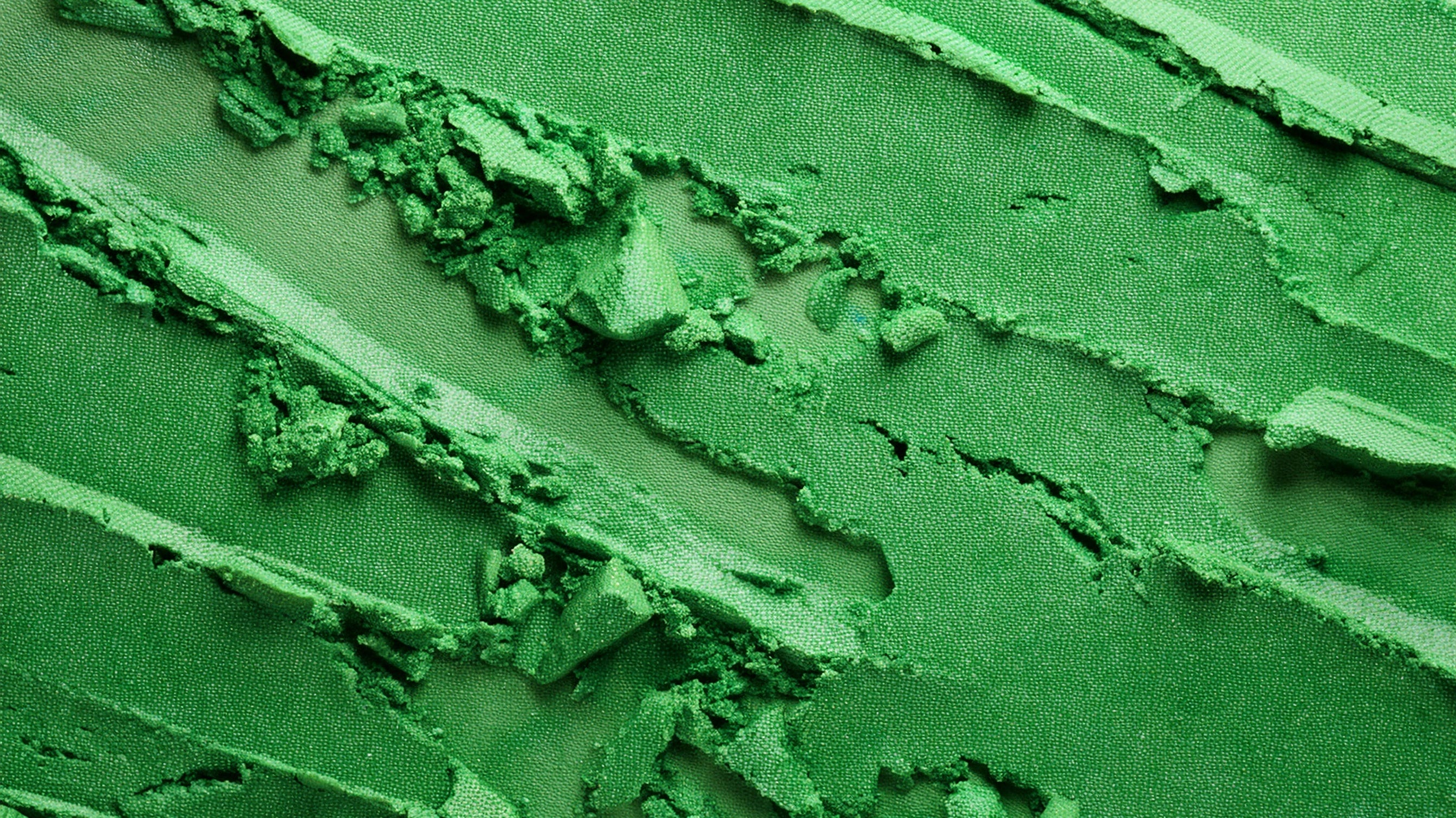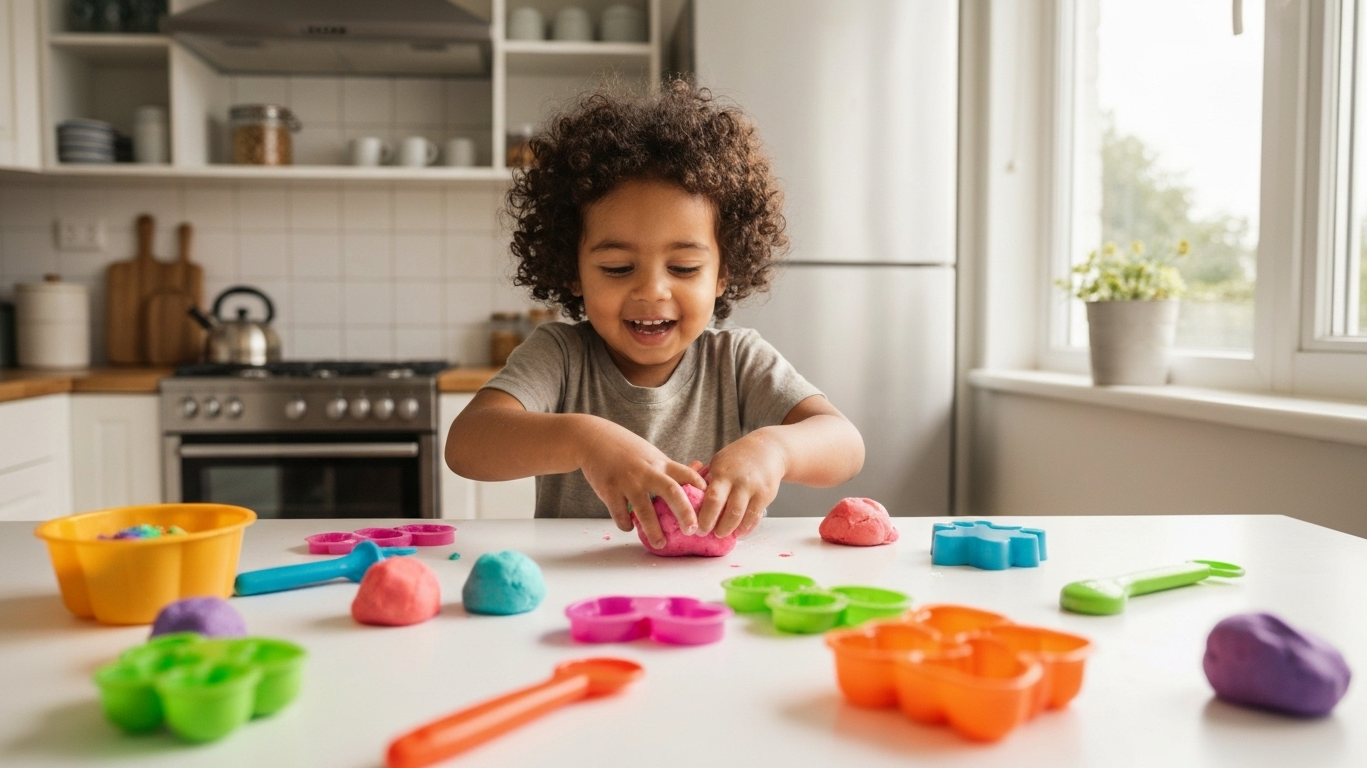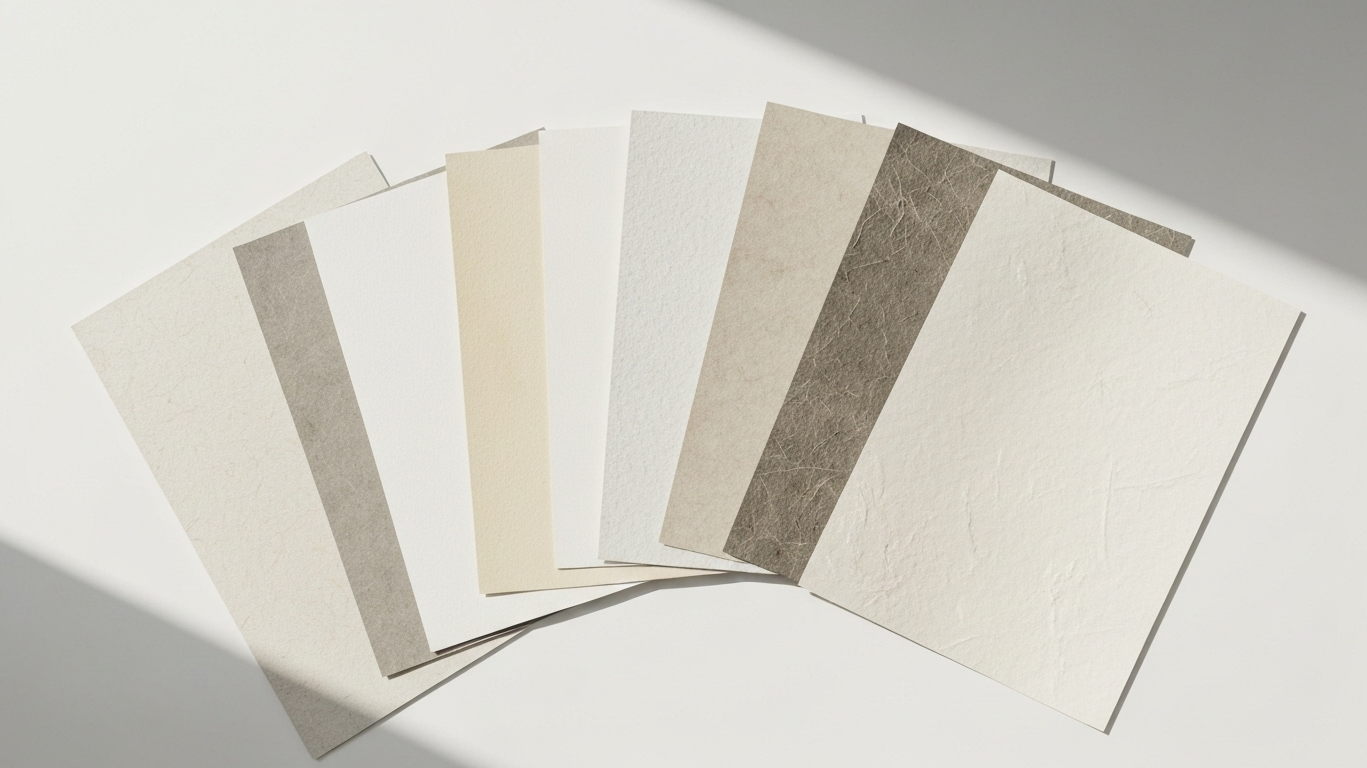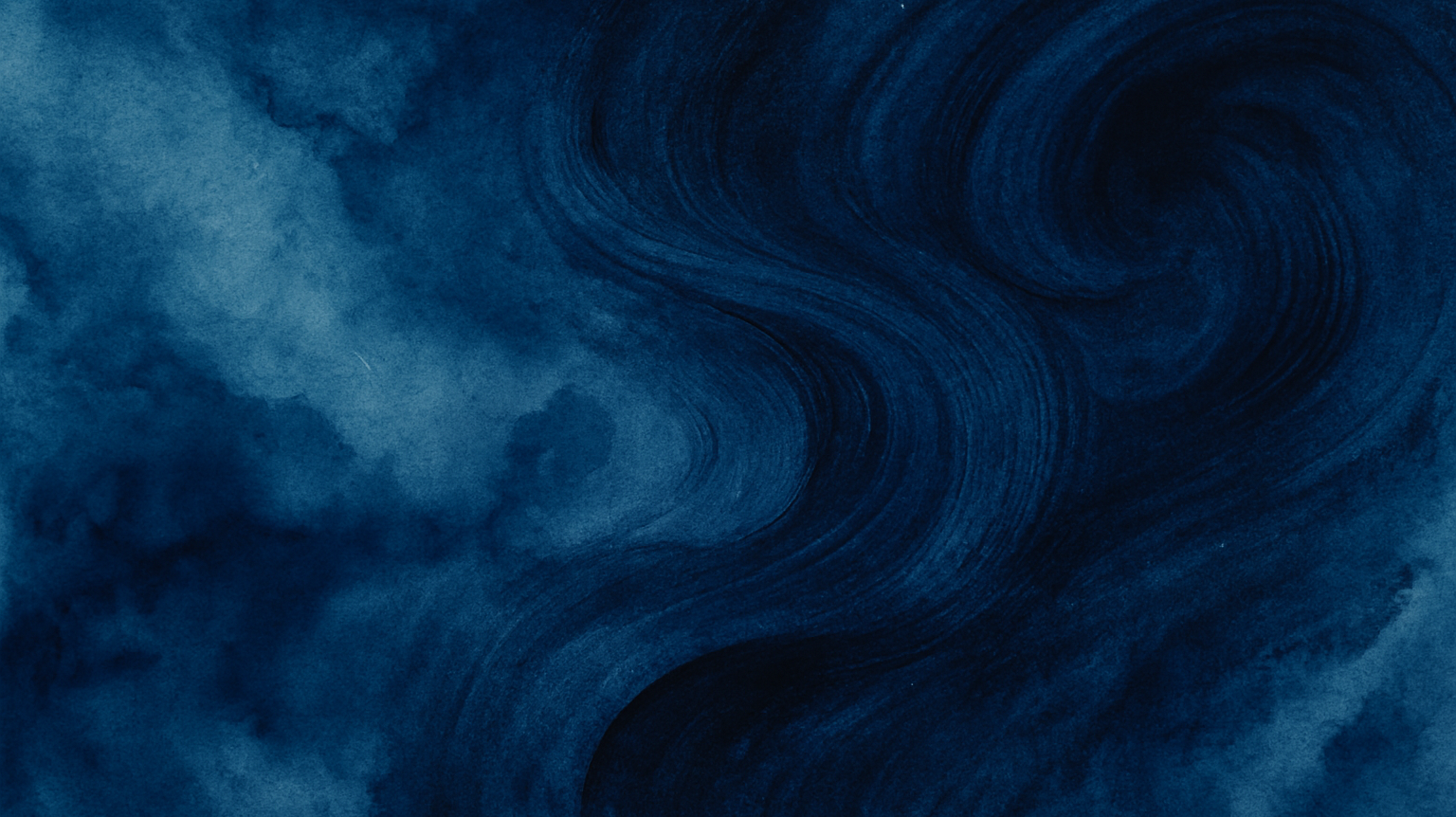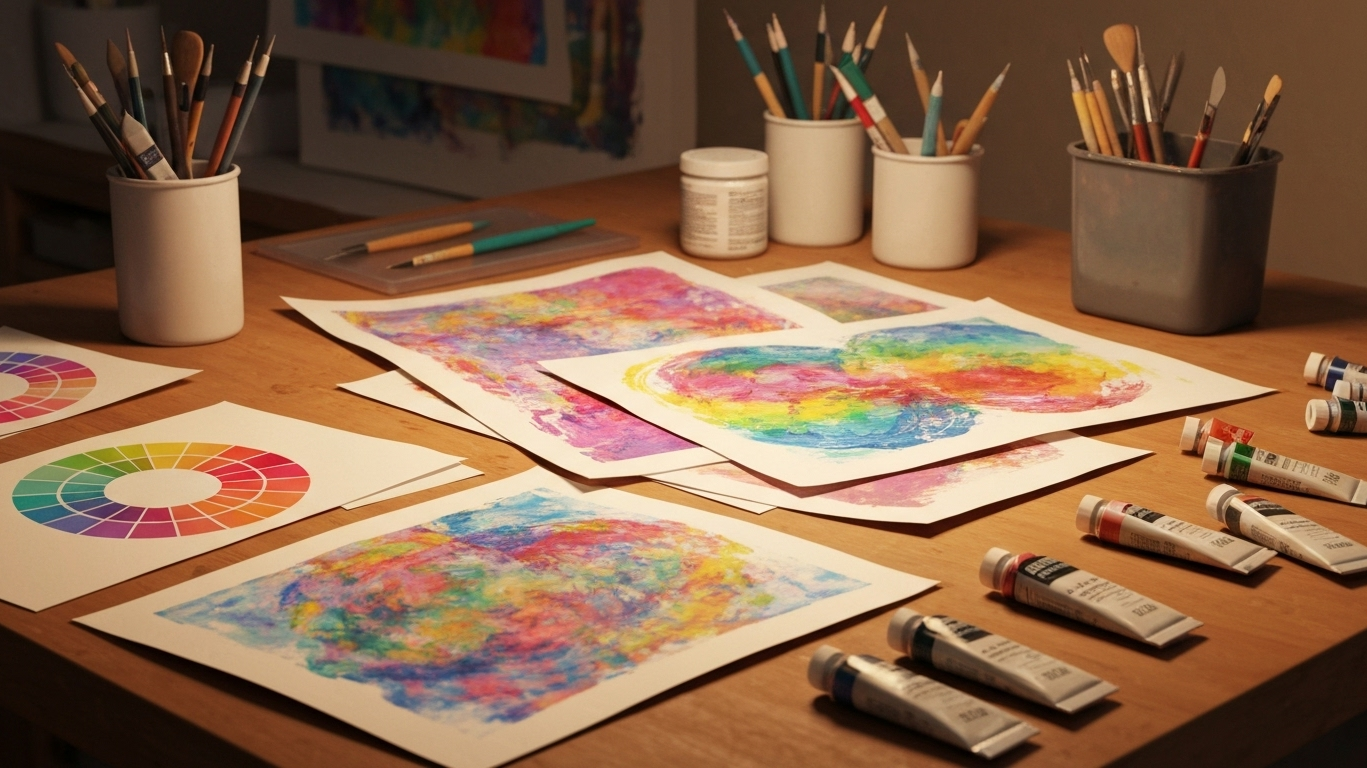A gel printing plate is a soft, reusable surface for making unique monoprints without a press. Roll on acrylic paint with a brayer, add patterns with stencils or natural textures, then pull vibrant one-of-a-kind prints. Plates clean up with soap and water, store flat at room temp, and work for cards, collage papers, journals, and fabric. Great for beginners through pros, at home or in the classroom.
Art & Inspiration
Primary & Secondary Colors: Definition, List
Primary and secondary colors are the foundation of color theory. Primary colors—red, yellow, and blue—cannot be mixed from other pigments, while secondary colors—orange, green, and purple—come from blending primaries. This guide explains their definitions, the role of tertiary colors, and how the color wheel connects them. Perfect for artists, designers, and educators, with hands-on mixing techniques (including Gel Press plates) and practical tips for applying colors in art, design, and classrooms.





